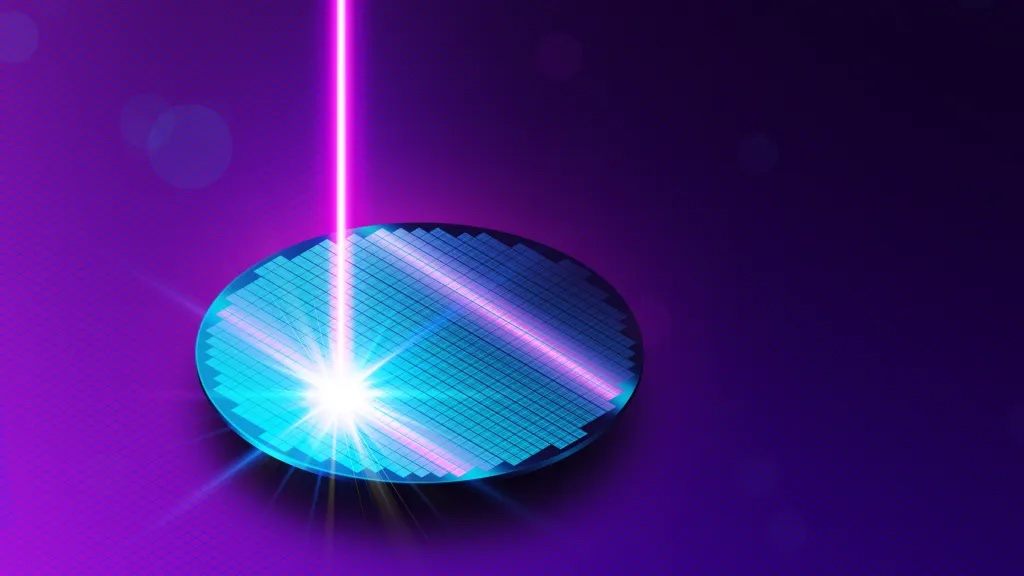Adapted from this Communications of the ACM article

It is easy to overlook the role lithography plays in developing digital technologies. Every year, new and more advanced integrated circuits appear, pushing computing capabilities to more advanced levels. Typically, the focus is on what these devices can do, in areas like supercomputing, artificial intelligence (AI), and wireless communications, for example. Yet, behind the curtain is the technology that makes all of this possible.
Lithography—which at its most basic level refers to a photography-like process that uses light to imprint images on a suitable substrate, such as a thin film—is at the foundation of modern computing and electronics. Ongoing breakthroughs in the field have produced ever more advanced integrated circuits capable of handling a dizzying array of tasks. This includes the microprocessors and solid-state memory that power today’s electronics.
Yet, lithography has reached a crucial crossroads. Like many areas of computing, it is becoming more difficult to eke out performance gains using existing technologies and methods. For example, innovations tied to the most widely used technology, extreme ultraviolet (EUV) lithography—invented by Netherlands-based ASML, which is the sole supplier of equipment to accomplish this—have slowed. This has set the industry on a chase to find new ways to keep the advancements coming—and a new generation of computing devices operating.
The stakes couldn’t be higher, and how things play out will impact everything from smartphones and Internet of Things (IoT) devices to autonomous vehicles and cloud computing. Moore’s Law, which asserts that the cost per transistor halves every two years, is slowing and there’s hope that continuing breakthroughs in lithography can keep it on course.
“Semiconductor lithography has managed to keep Moore’s Law alive, thanks to scientific and engineering innovations on multiple fronts across the lithography spectrum,” said Ricardo Ruiz, Staff Scientist and Director of the Center for High Precision Patterning Science (CHiPPS).
Future advances in lithography may not occur at the same rate as in years past, but they remain important. Berkeley Lab hopes to gain a better fundamental understanding of patterning materials. For example, it is currently developing a suite of characterization and metrology techniques for EUV photoresists. This includes resonant soft x-ray scattering (RSoXS), electron spectroscopy and tomography and other critical in-situ metrology capabilities.
CHiPPS is also focused on developing next-generation EUVL and hardware and resist materials that would introduce far more advanced high-NA EUV and potential -hyper-NA EUV technologies. Further discoveries hinge heavily on a couple of areas, Ruiz said. “The first is on efficiently harnessing high-energy photons to perform selective chemical reactions that can be leveraged for atomically precise patterning at the nanoscale. And the second is mitigating stochastic effects, such as the variability that arises from photon-, atomic-, and molecular-scale variations that ultimately limit sub-nanometer-level precision.”
Read the full article.

